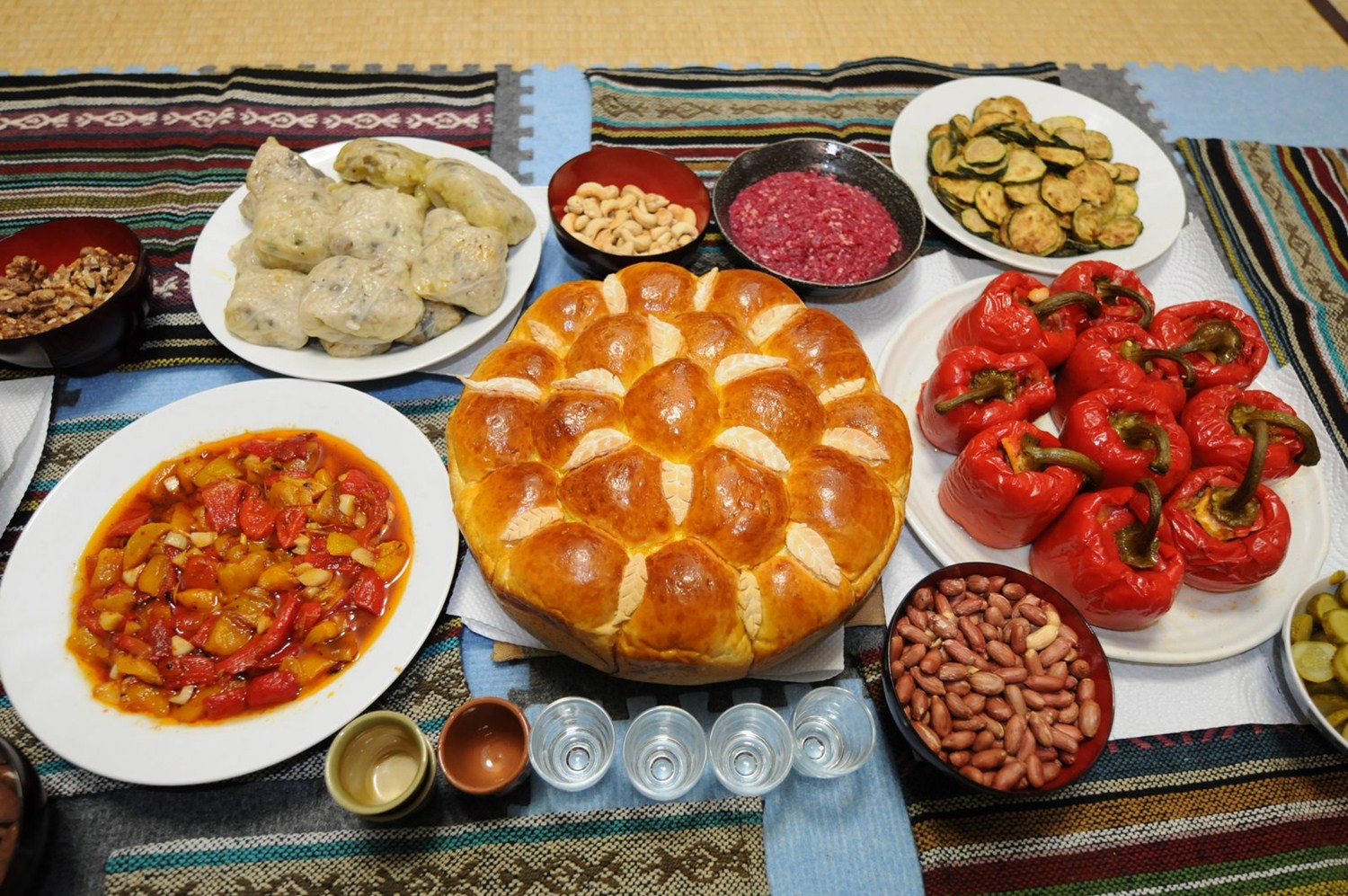Introduction: Bulgarian Cuisine
Bulgarian cuisine is a fusion of Eastern European and Mediterranean food. It is characterized by the use of fresh and locally sourced ingredients, a variety of spices, and a mix of sweet and savory flavors. Bulgaria’s geographical location has influenced its culinary traditions, with Mediterranean and Balkan influences evident in many of its dishes. Bulgarian breakfasts are an essential part of the country’s culinary culture, offering a wide range of delicious and nutritious options.
The Importance of Breakfast in Bulgaria
Breakfast is considered the most important meal of the day in Bulgaria. It is a time when families gather together to enjoy a hearty meal before starting their day. A typical Bulgarian breakfast consists of a variety of dishes, including bread, dairy products, meat, and vegetables.
Bread: A Staple in Bulgarian Breakfasts
Bread is a staple in Bulgarian cuisine and is often served with every meal, including breakfast. Traditional Bulgarian bread is made from a combination of flour, water, and yeast. It is usually dense and is perfect for dipping in milk or tea. Bread is often served with butter, jam, or honey, and sometimes served with a side of cheese or other dairy products.
Dairy Products: Essential to Bulgarian Breakfasts
Dairy products are a crucial part of Bulgarian breakfasts. Yogurt, cheese, and milk are commonly used in many dishes. Bulgarian yogurt, in particular, is famous worldwide for its thick, creamy texture and tangy flavor. It is often served with honey or fruit for a delicious and nutritious breakfast.
Meat and Vegetable Dishes for a Satisfying Breakfast
Meat and vegetable dishes are also popular in Bulgarian breakfasts. Grilled sausages, eggs, and vegetables such as tomatoes and peppers are often included in a traditional Bulgarian breakfast. This combination of protein and vegetables makes for a satisfying and nutritious meal.
Bulgarian Yogurt: A World-Renowned Breakfast Item
Bulgarian yogurt is a unique and flavorful addition to any breakfast. It is made from a special strain of bacteria that gives it a thick and creamy texture. Bulgarian yogurt is high in protein and calcium, making it a nutritious breakfast option. It is often served with honey or fruit, and sometimes used in baking to add a tangy flavor to baked goods.
Banitsa: A Classic Bulgarian Pastry for Breakfast
Banitsa is a classic Bulgarian pastry that is often eaten for breakfast. It is made from layers of phyllo pastry and a filling of feta cheese and eggs. Banitsa can also be filled with spinach, pumpkin, or meat. It is a delicious and satisfying breakfast dish that is perfect for those with a sweet tooth.
Popular Bulgarian Breakfast Beverages
In addition to food, Bulgarian breakfasts often include a variety of beverages. Tea, coffee, and fruit juices are popular choices, as well as ayran, a refreshing yogurt-based drink. Ayran is made from yogurt, water, and salt and is a healthy and tasty breakfast beverage.
In conclusion, Bulgarian breakfasts are a delicious and diverse meal that includes a range of dishes from bread and dairy products to meat and vegetables. Bulgarian yogurt and banitsa are world-renowned breakfast items that are a must-try for anyone visiting Bulgaria. So next time you’re in Bulgaria, make sure to start your day with a hearty and nutritious Bulgarian breakfast.



